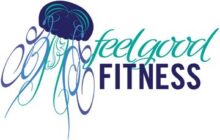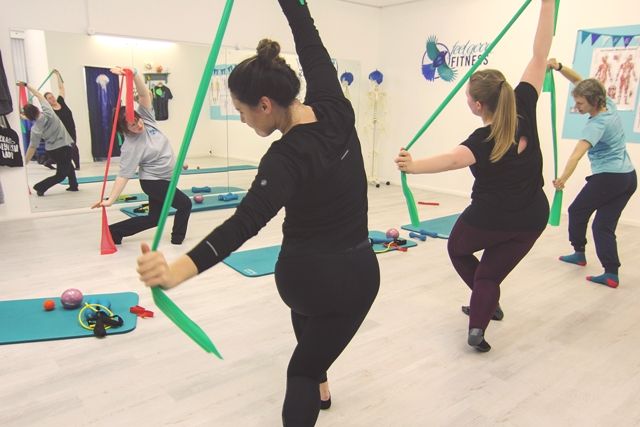You have probably been to a Pilates class of some sort where at least one of these has been used! Small squishy balls, resistance bands, rings and rollers to name but a few!
They have many uses, from adding resistance and strength work to aiding better alignment or helping activate underactive muscles. They can also add an added element of fun to class! Certainly, trying not to roll off the roller always brings in some laughs!
The most famous one from Joseph Pilates is the ring. It is thought he invented the magic ring by using a beer keg with two wooden blocks attached either side. We have come a long way since then! The ring is often misunderstood in that people tend to think they need to really squeeze it. In fact the opposite is usually true – a little goes a long way. It can be a great tool to learn how to activate and stabilise the shoulder girdle but can also be used to get the glutes firing and to feel a deeper connection to the pelvic floor. However, it can be quite cumbersome and can actually get in the way of some of the movements, particularly if used too much.
The small ball has many uses for our Pilates practice, and can often be seen in the rehab work. It can be used for support of the spine when placed under the sacrum, or challenge it when placed higher up. If you pop it behind the spine when doing roll back, it can give a real focus to lumbar flexion, making you work that extra hard to find your c-curve. Placed between the knees, it will make you work your glutes and pelvic floor. Under the foot for scissors or single leg stretch – expect to say hello to your hip flexors.
Another common rehab tool is the thera band or resistance band. It was originally designed for use in a rehabilitation setting and made from surgical tubing. Coming in all sorts of colours, strengths and lengths they are almost a staple for exercise and rehabilitation. The bands can be used for precision of movement of the limbs, to add challenge to a movement, by working against resistance or sometimes to support the movement. They can also be used as a nod towards the reformer by mimicking some of the movement from the straps.
The foam roller initially came to light to help with muscle tightness and soreness pre or post exercise. You will often see people lying on them, moving up and down to try and massage and release their muscle. In a Pilates setting it can add assistance by making us work harder, and placed under the spine it can add a real challenge to our balance! Half or D rollers can be used for foot work, either by stretching or working the foot. The roller comes in various size, shapes and textures, from full length, half and ‘d’ shaped, to knobbly and firm.
Then you have the larger Swiss or exercise balls, which again were originally used in a rehabilitation setting. An amazing bit of kit, that takes up loads of space! Often used for pregnant clients, because of its ability to subtly work the core muscles. You have to use them to stay on the ball and not roll off. It also makes you work the smaller, stabilising muscles because it is unstable, so even if you just put your feet on it whilst sitting on a chair, you will be working.
So much choice and variation to be had! The number one thing to remember when using the small equipment, is what does it bring? Is it challenge, stability, balance, or strength? Used correctly they can add so much more to your movements, used incorrectly and they can add tension and take away the focus of the movement.
To learn how to connect properly when using equipment why not join us for our Pilates Equipment class? You can join here.


